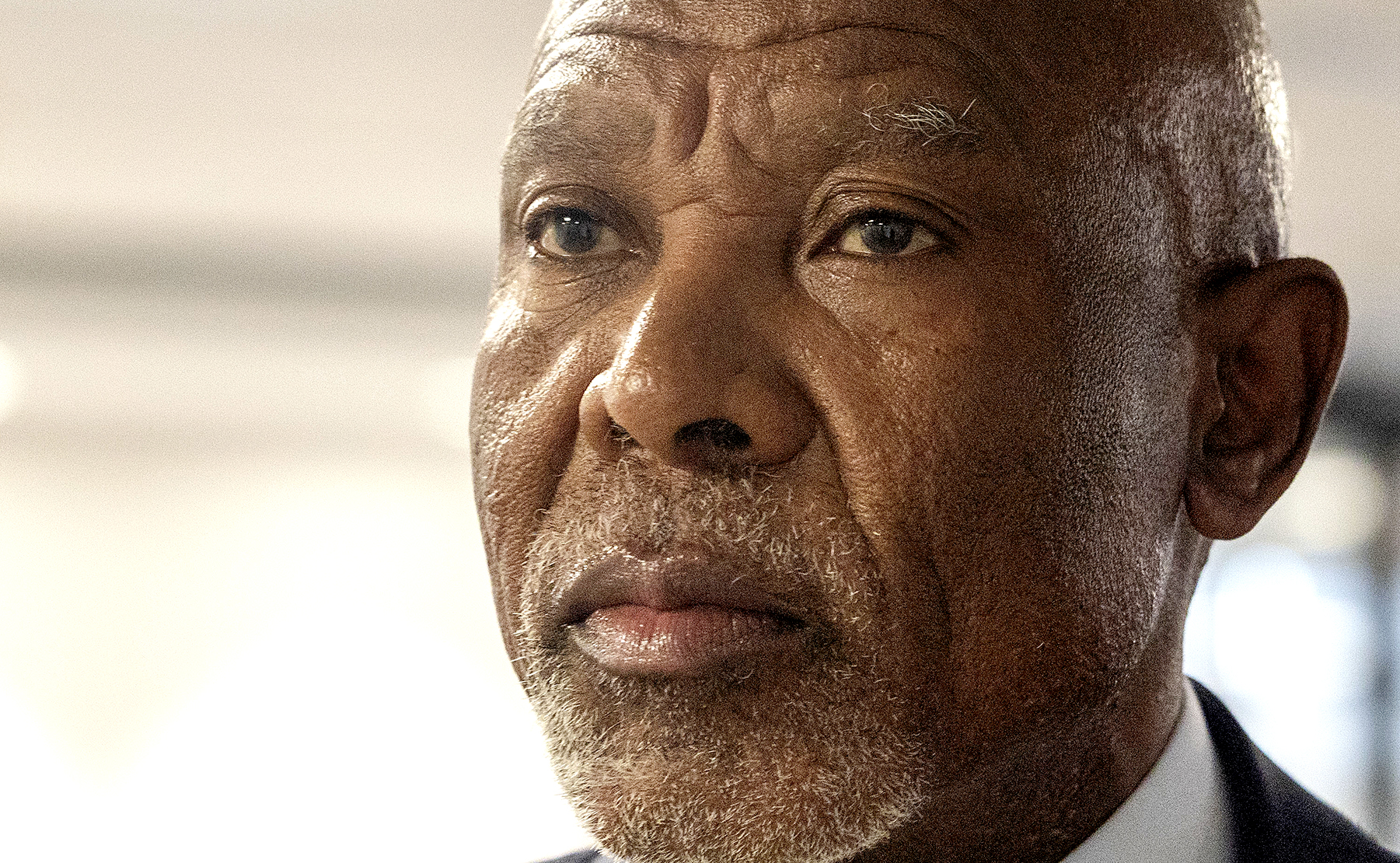The topic of inflation targeting was at the fore again on Thursday when the South African Reserve Bank (Sarb) governor, Lesetja Kganyago, presented the Sarb annual report to the Standing Committee on Finance in Parliament.
“There’s been a lot of talk about the inflation targeting,” he said, “and I thought that we would share with the committee the historical evolution of inflation targeting in South Africa.”
After giving a short history, Reuters reports that Kganyago confirmed that the Sarb and National Treasury had agreed that South Africa’s inflation target should be lowered, but were still discussing when to make the change.
Kganyago said, “There isn’t a disagreement about the lowering of the target; it’s a question of timing.”
According to Reuters, he acknowledged that the Sarb’s communication about the target was not as good as it could be and said he and Finance Minister Enoch Godongwana had met and told their teams to “‘go tie down these loose ends.
“That’s why you will find our [joint] statement does not say by this date, [but] as soon as it’s practically possible. And the poor chaps are working very hard to make sure that all those loose ends are tied,” said Kganyago.
Shallow upturn
In an economic commentary note, Nedbank chief economist Nicky Weimar said she expected inflation to rise further off a low base, peaking at around 4.5% at the end of next year.
“With the upturn in inflation relatively shallow and the key drivers expected to be temporary, we believe the Reserve Bank will look through the cycle and leave interest rates unchanged for much of next year.
“Our interest rate forecast faces downside risks stemming from the rand’s resilience, stagnant oil prices and the likely disinflationary consequences of the US trade policy,” she said.
Weimar noted that how the Sarb responded to divergence from its stated 3% inflation target was important.
“The Monetary Policy Committee has indicated that inflation expectations will take time to re-anchor and that temporary spikes will be looked through, while more persistent pressures will trigger a policy response.”
She said Nedbank’s current assessment was that the inflation drivers looked mostly temporary, with upward pressure coming mainly from food and utilities.
Meat prices are the big driver in the food category, fuelled by supply disruptions caused by foot-and-mouth disease.
“On this front, spillover risk is limited to milk and cheese products. Among utilities, the culprit is electricity prices, followed by water tariffs. Given that electricity and water are essential inputs, the threat of secondary effects is greater,” said Weimar.
Subdued global oil prices and a firmer rand were providing some counterweight, she said, partially offsetting the impact of high electricity and water charges on operating costs.
“With that said, our view at this stage is that the risks to our inflation outlook seem balanced, with the upside risks from food and electricity countered by downside risks from a stronger rand, lower global oil prices and patchy domestic demand.”
Read more: The stars are lining up for a 3% inflation target — and lower interest rates

The inflation target of 3-6% was formally introduced in 2000.
“During 2001, an announcement was made that we reduce the target to three to five percent, but in December of 2001, South Africa experienced a big exchange rate shock, and the target was revised back to three to six percent,” Kganyago told Parliament.
In December 2021, the then finance minister, Trevor Manuel, said: “At an appropriate time, we will revert to a lower inflation target.”
/file/dailymaverick/wp-content/uploads/2025/07/20250715_121251.jpg)
‘Big global shock’
However, Kganyago told Parliament, “Manuel left, [Sarb governor Tito] Mboweni left. Nobody asked when is the appropriate time, and we forgot all about it. During the period from 2011 to 2016, we worried that the expectations of the price setters in South Africa seemed to be stuck at the upper end of our inflation target range. We then announced a preference of 4.5% as the midpoint of the inflation target range.”
In 2022, there was a “big global shock” on the back of supply chain constraints, which resulted in a spike in inflation. “Central banks responded to that, and inflation began declining, but at a slower pace than it had risen,” said Kganyago.
“The fruits only started to come in towards the end of last year and early this year, with inflation declining to 3% and in two of the months, it was just below [3%] at 2.8 and 2.9, respectively.”
Economists call this opportunistic disinflation, he said.
Economic factors Kganyago touched on included:
- Global inflation has continued to decline despite tariffs and geopolitical tensions, presenting room for further policy rate cuts in some jurisdictions.
- Global growth appears resilient so far, but tariffs pose downside risks to growth.
- Inflation remains under control and has been closer to the Sarb’s preferred target of 3% over the past year.
- Underlying inflationary pressures are contained; food inflation is high but probably temporary.
- Since the start of the year, the Sarb has lowered the repo rate by 75 basis points to support economic activity.
- Administered prices pose a serious threat to growth and competitiveness as well as inflation. DM




 Reserve Bank Governor Lesetja Kganyago. (Photo: Alet Pretorius / Gallo Images)
Reserve Bank Governor Lesetja Kganyago. (Photo: Alet Pretorius / Gallo Images)